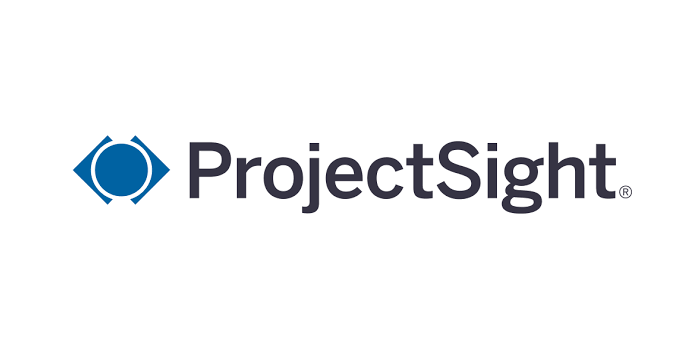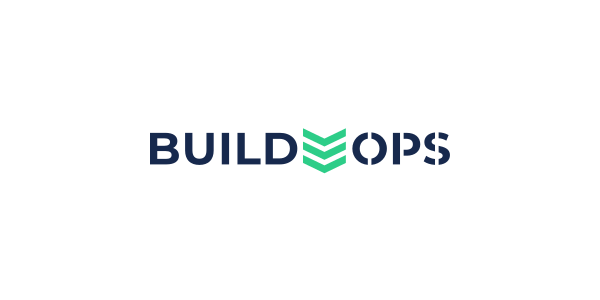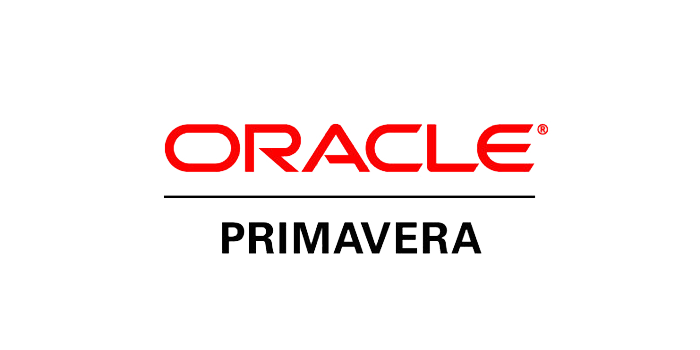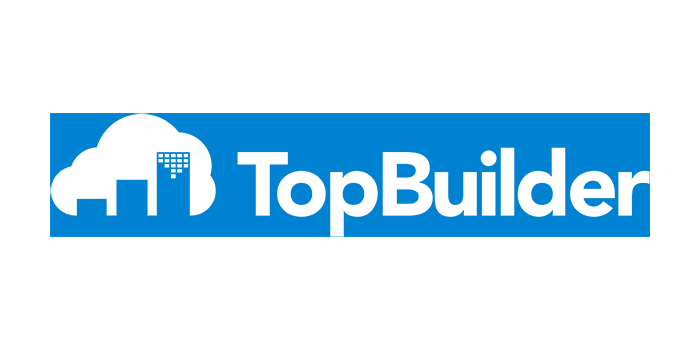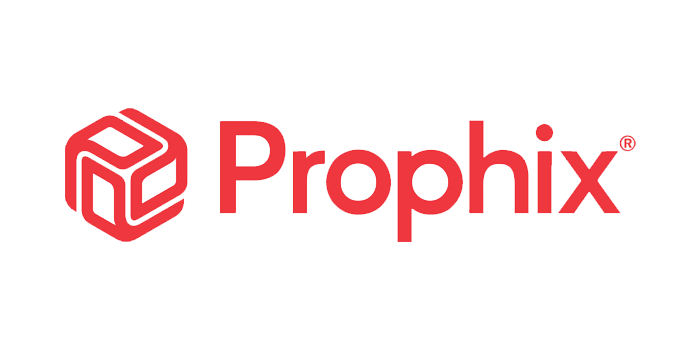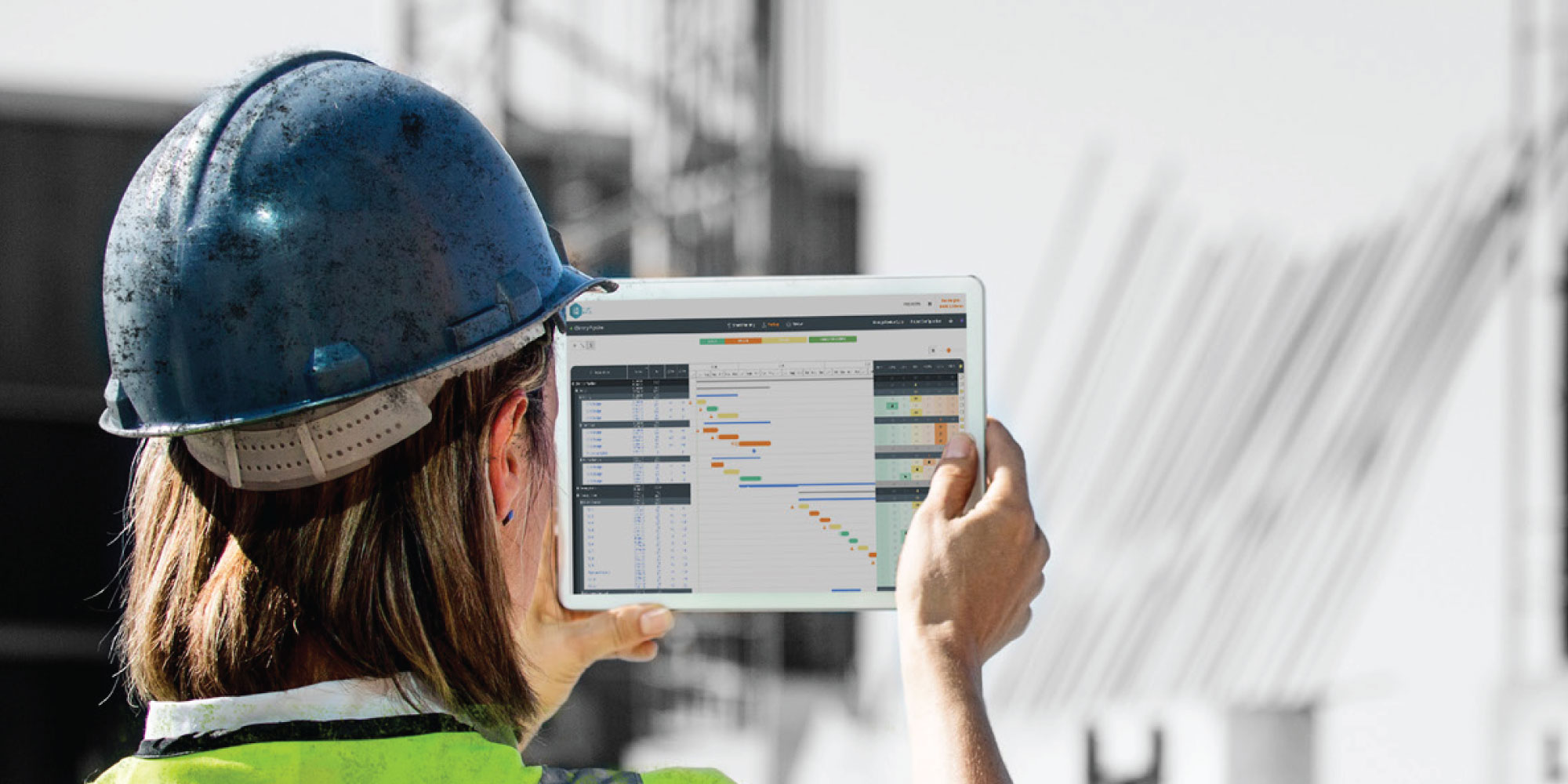
Original article on ineight.com blog
The Value of Construction Project Management Software
The capital projects industry remains challenged to deliver projects on time and within budget. But innovative contractors, owners and engineers are overcoming this challenge. They have realized that spreadsheets and in-house tools no longer handle the sophistication and data demands of modern construction businesses. The scale and complexity of today’s projects call for integrated construction project management solutions with mobile functionality.
A New Way to Work
Using construction project management software, field and office personnel can streamline the development of work packages and daily execution plans. This is further enhanced with mobile applications that boost operational efficiency by enabling field engineers and foremen to create and receive daily work plans, share information with crews and capture results throughout the day.
Predictable Outcomes
Digitalized field collection processes can track labor and equipment hours, quantity progress, issues and potential change orders to help construction companies optimize work in the field. This real-time field data flow allows project managers to track progress against plans and then connect that data with the front office to manage performance and risks.
Actionable Insights
As you collect more data, one of the most important functions of your construction project management software is to provide actionable insights. Data is needed to help you make a decision before the opportunity has passed. And when data reveals a trend, you can take action to reverse it and return to predictable outcomes.
Clear Visibility
During project execution, construction project management software can integrate with accounting, scheduling and other systems to minimize data entry and create a single version of the truth. By connecting these systems, everyone involved in the project has the performance visibility needed to take real-time corrective actions and keep projects on track.
Project success comes down to better communication and collaboration between the people planning the work and the teams in the field executing it. With better visibility into project status, crew performance and potential issues — contractors, owners and engineers can act swiftly on new insights to achieve predictable project outcomes.
Use this eBook to help you evaluate various approaches and technical functionality among construction project management software solutions. In this eBook, you will find information to help you:
- Identify your business needs
- Gather information about your company’s current and desired technology environment
- Select features and functions to evaluate
- Set additional vendor selection criteria
- Set the stage for successfully managing change in your organization
- Apply best practices in implementing new software and workflows
SECTION ONE: Technology Opportunities
Identify the aspects of your business that are causing inefficiencies and could be improved by using a construction project management system.
The key to selecting the right construction project management software for your business is identifying the pain points that are causing inefficiencies. If these result in problems like rework on the jobsite, cost overruns or inaccurate schedules, then they can be very costly.
Common Causes of Business Inefficiencies
Inefficiencies arise from duplicated work, lack of automation, errors, gaps in communication and siloed information, among other issues. Problems compound when one or more groups are dependent upon information or deliverables from another team that are missing, delayed or incorrect. The benefits you receive, as measured by revenue growth, profitability, cost savings, capacity, or turnaround time, will be even higher when new technology solutions address multiple gaps and facilitate workflows across more than one team.
Map Workflows
A proven approach to identifying inefficiencies and pinpointing gaps that technology can solve is to map business process workflows. Workflow mapping involves breaking down your major process areas to identify known or hidden inefficiencies, pain points and business opportunities. This can be a labor-intensive undertaking for the subject matter experts in your organization whose input would be necessary. However, the insights about inefficient handoffs of physical items or information can be very useful at several stages of software consideration.
Mapped workflows can assist you with establishing your evaluation criteria and functionality needs for construction project management software. They will be very useful again at the time of software configuration and deployment, as you set up the new tools to match your business flows and address the problems your subject matter experts have identified. The workflow gaps will also be valuable for defining and measuring return on investment to your organization.
As you implement software solutions, your mapped processes will provide the framework for managing and tracking adoption within your organization by measuring process compliance and resulting process improvements quantified by time and cost savings, and increased visibility into project progress, and more.
If you decide to map workflows in preparation for purchasing construction project management software, explore with software providers any professional services they might offer to assist you.
Prioritize Your Business Needs
Create a list of pain points to which you can assign rank or score with your management team; these top-ranking pain points will guide you in your evaluation of construction project management software.
One useful way to categorize business needs is to have your team agree upon “must-have” and “nice-to-have” software features. As you explore your options, stay focused on the “must-have” features to be sure that your organization’s fundamental needs are met.
If you issue a request for information or a request for proposal, you can list all your “must-have” and “nice-to-have” features together and ask your potential suppliers to answer the availability of each.
Consider a method like this for collecting feature availability information from potential suppliers.
Select the Most Valuable Functionality
Construction project management software covers a range of functionalities, all designed to automate and simplify processes that can make your organization more efficient.
Evaluate where your organization can gain the most benefit from process automation, digitization, data capture and analysis. Understand whether the suppliers you are considering have the range of modules that support your short and long-term needs as you progress in automating multiple business functions. Then, focus on evaluating the more specific features of each tool that meets current business needs.
Use the following list of organizational processes to guide your internal discussions about which areas of the business have the greatest need for automation and potential efficiency gains:
- Engineering, Design and Building Information
- Modeling (BIM) Management
- Takeoff
- Estimating
- Document Management
- Customer Relationship Management
- Human Resources
- Bid Management
- Team Management
- Project Controls
- Historical Project Benchmarking
- Accounting
- Work Force Planning
- Scheduling
- Work Packaging
- Daily Planning
- Materials Management
- Daily Progressing
- Change Management
- Forms
- Inspections
- Reporting
- Commissioning
- Handover
Sections 2 - 9
Download the eBook below for Sections 2 - 9:
Section Two: Technology Considerations
Understand important aspects of your company’s existing and desired computing environment to help you confidently evaluate different construction project management systems.
Section Three: Features and Workflow Capabilities
Identify the software features that your business can use to gain more efficiency from greater automation and more defined workflows.
Section Four: Usability Considerations
Take into account the usability considerations that can make or break adoption of your construction project management technology initiative among your internal users.
Section Five: Licensing
Review the common options for software licensing for construction project management solutions.
Section Six: Implementation and Support
Select the implementation, training, support and customization services that would be most valuable to your company’s success with construction project management software.
Section Seven: Vendor Evaluation
Consider these additional factors in evaluating potential vendors for construction project management software.
Section Eight: Organizational Change Management
Have a plan for preparing your organization for changes to maximize staff buy-in and adoption.
Section Nine: Critical Success Factors
Deploying new software is not only an investment, but also a major organizational transition.
Ready to Learn More?
Download the full eBook now.


